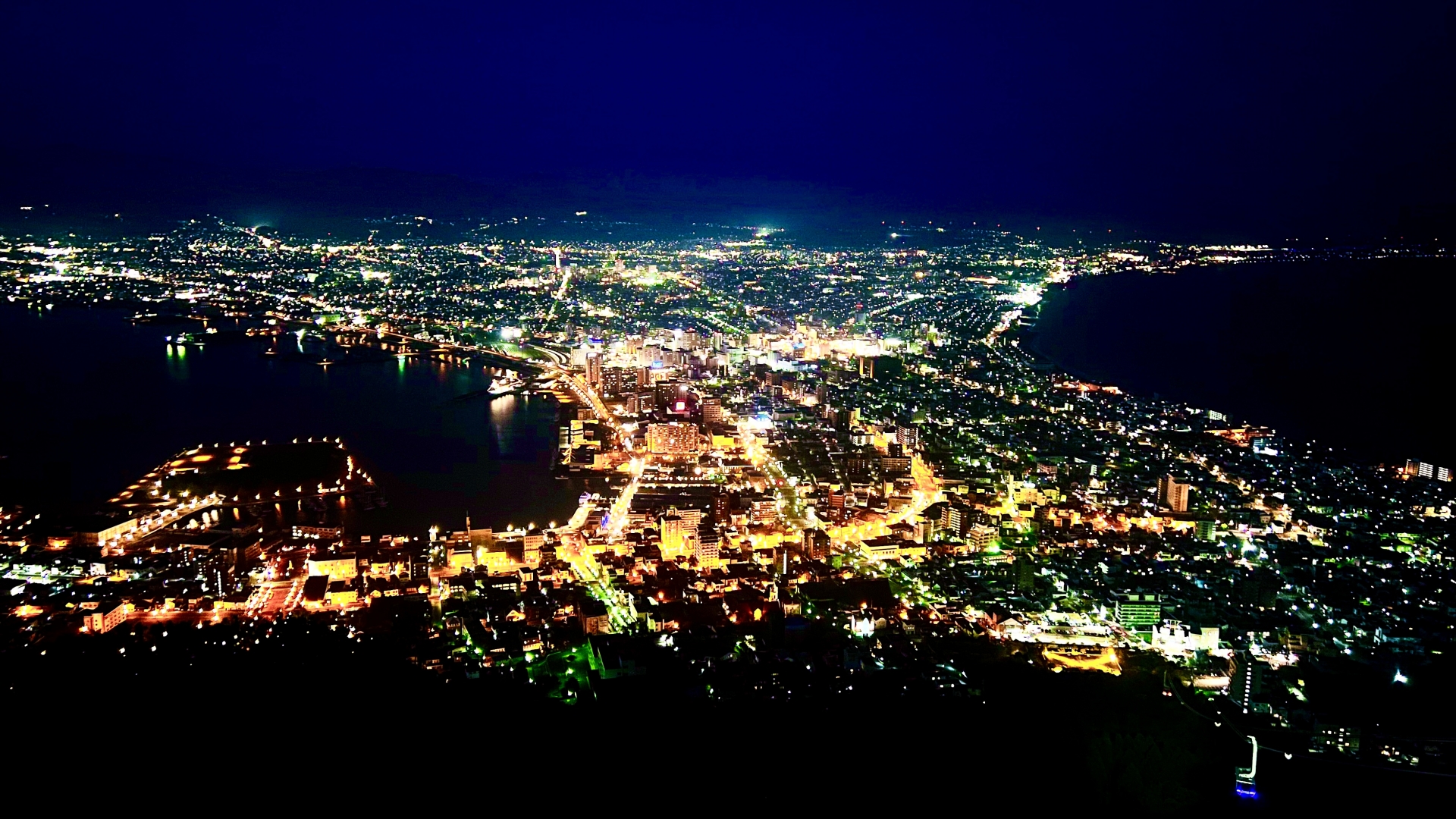The eastern Japan region retains a rich natural environment and unique culture and customs. For example, Kairakuen Garden in Mito City, Ibaraki Prefecture, is a garden created in the Edo period and is one of the three most famous gardens in Japan. Also, in the Aizu region of Fukushima Prefecture, there is the castle town of Aizu-Wakamatsu, where old streets and historical buildings remain. The sake brewing industry is flourishing in this region, and there are many famous sake and local beer breweries.
The Tohoku region also has a thriving traditional music culture, including folk songs and Japanese drums. Iwate Prefecture is home to Chuson-ji Temple in Hiraizumi, a World Heritage site, and Matsushima, one of the three most scenic spots in Japan. Sendai City in Miyagi Prefecture is also famous for its local delicacies such as beef tongue and Datemaki.
The East Japan region also offers numerous seasonal landscapes and festivals. For example, the Sumida River in Tokyo hosts a fireworks display every July, attracting many people. Sendai is also famous for the Sendai Tanabata Festival in August, where many colorful strips of paper are decorated. By experiencing these customs and cultures, visitors can learn more about the Eastern Japan region.
Eastern Japan has different food cultures depending on the region. The Tohoku region is rich in nature, surrounded by mountains and the sea, and a food culture has developed accordingly. For example, the region is famous for seafood such as oysters and squid, as well as mountain delicacies such as wild vegetables and onsen tamago (hot spring eggs). In addition, the Tohoku region has many dishes using saury from the Sanriku coast. Each region has its own unique cuisine, such as “Kiritanpo nabe” in Akita Prefecture and “Wankosoba” in Iwate Prefecture.
In the Kanto region, seafood cuisine thrives due to the abundance of marine products. Typical examples are sushi and sashimi. The Kanto region also retains the culture of Edo, the former capital of Japan. Monjayaki and okonomiyaki are some of the local dishes that have inherited the food culture of the Edo period. Tonkatsu, ramen, and udon are also widely eaten.
In eastern Japan, there are many foods that can be enjoyed depending on the season, and one can enjoy the tastes of each season. For example, in spring, dishes using cherry blossoms can be enjoyed; in summer, cool foods such as somen noodles and shaved ice; in autumn, chestnuts and mushrooms; and in winter, nabe dishes and simmered dishes. There are also a number of local dishes from various regions, which provide visitors with an opportunity to learn about the climate, history, and culture of the region.

